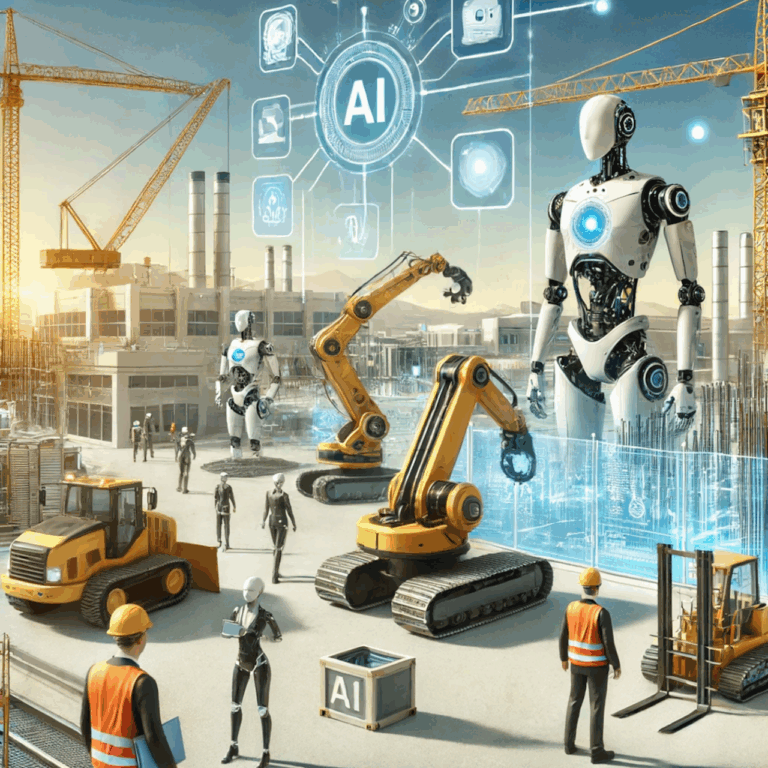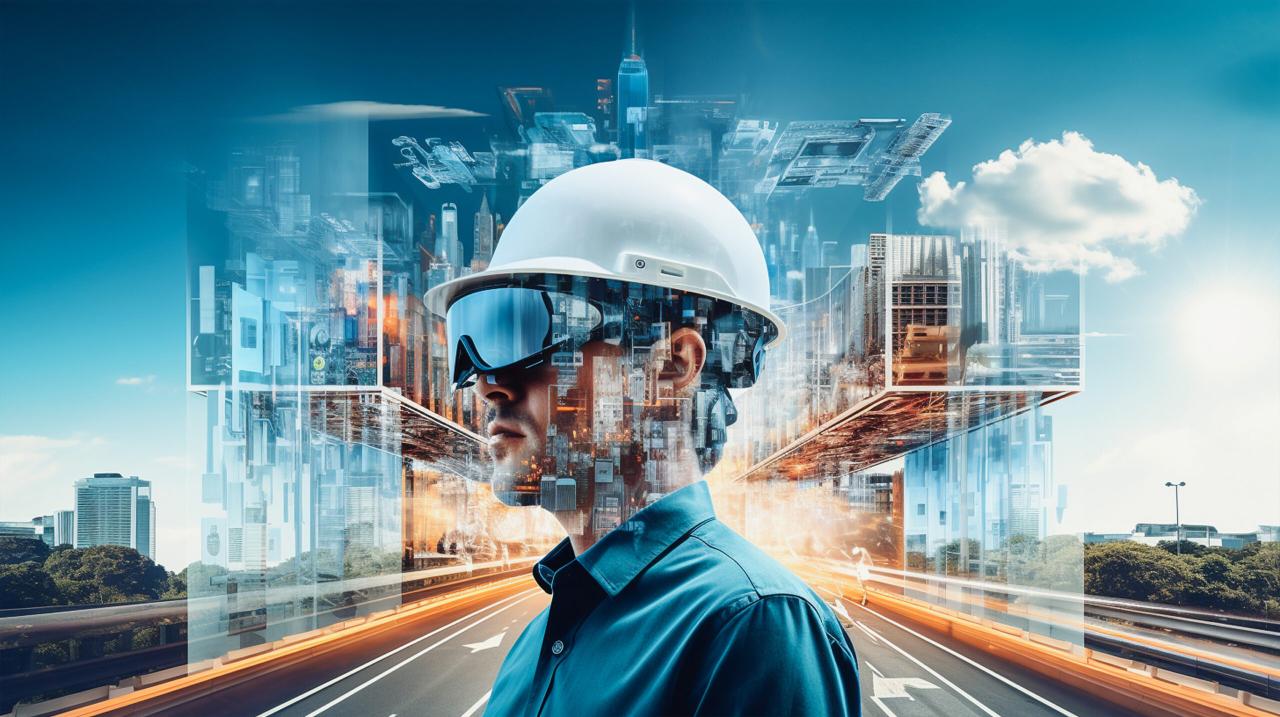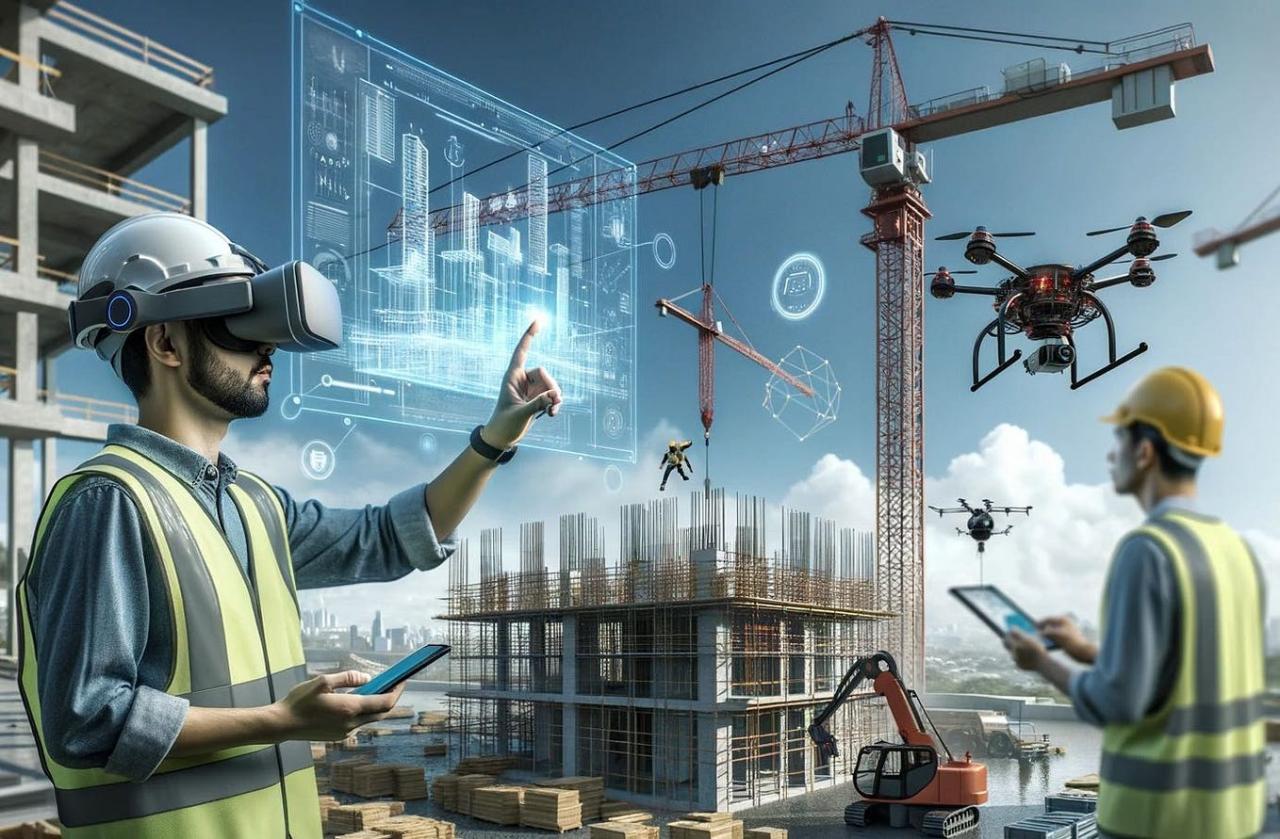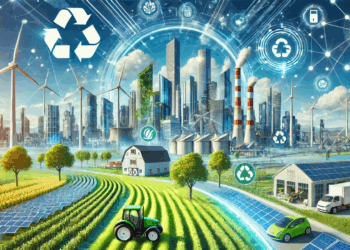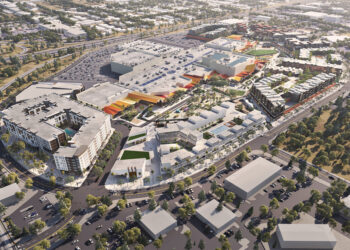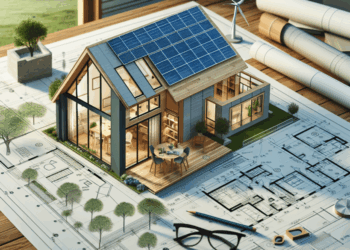Introduction: The Algorithmic Architecture Era
Artificial intelligence is revolutionizing construction—a $15 trillion industry historically resistant to change. By 2030, AI integration will slash global building costs by 21% and accelerate project timelines by 35%, transforming how we conceive, erect, and manage structures. From generative design algorithms that create earthquake-resistant blueprints in minutes to autonomous robots laying bricks with millimeter precision, this deep dive exposes how AI is rewriting architectural rules and creating smarter, safer, more sustainable built environments.
The AI Imperative: Why Construction Can’t Ignore Algorithms
Industry pain points demanding AI solutions:
-
Cost Overruns: 98% of megaprojects exceed budgets, averaging 80% delays (McKinsey).
-
Safety Failures: Construction causes 20% of global worker deaths.
-
Sustainability Gaps: Buildings generate 39% of CO₂ emissions.
-
Labor Shortages: 40% skilled worker deficit predicted by 2032 (Autodesk).
Core AI Applications Reshaping Building Lifecycles
A. Generative Design Revolution
AI as co-creator:
-
Process: Input parameters (site data, materials, codes) → AI generates 10,000+ optimized designs in hours.
-
Case Study: Autodesk’s Dreamcatcher created a stadium roof using 75% less steel by mimicking bone growth patterns.
-
Advantage: 45% faster concept-to-permit phases with integrated compliance checks.
B. Predictive Risk Mitigation
Anticipating disasters before groundbreak:
-
Seismic AI: NASA-developed algorithms simulate 500 earthquake scenarios to reinforce weak points.
-
Weather Modeling: IBM’s GRAF predicts microclimate impacts on materials with 97% accuracy.
-
Safety Nets: Wearable sensors flag fatigue-induced errors 8 seconds before incidents.
C. Autonomous Construction Systems
Robots replacing high-risk labor:
-
Bricklaying Robots: FBR’s Hadrian X lays 200 bricks/hour (vs. human 60) with laser-guided precision.
-
3D Printing Swarms: Apis Cor’s solar-powered printers build 600 sq ft homes in 72 hours.
-
Drone Fleets: Skycatch autonomously surveys sites daily, detecting deviations >2cm.
D. Cognitive Building Management
Living structures that self-optimize:
-
Energy AI: BrainBox AI reduces HVAC costs 25% by predicting occupancy/weather.
-
Self-Healing Systems: Siemens’ Desigo uses moisture sensors + AI to trigger sealant injections in concrete cracks.
-
Predictive Maintenance: Vibration analysis anticipates elevator failures 3 weeks pre-breakdown.
Hidden AI Technologies Powering Innovation
A. Digital Twins: The Virtual Nervous System
Real-time mirrored environments:
-
Data Integration: IoT sensors + BIM + LiDAR create living replicas.
-
Impact: Singapore’s Virtual Twin cuts energy waste by 30% through simulated occupancy tests.
-
Future Vision: Metaverse integration for remote facility management.
B. Material Science AI
Accelerating discovery 1000x:
-
Algorithmic Chemistry: MIT’s Supertile AI designed self-cooling concrete with embedded hydrogel capsules.
-
Waste Transformation: Bluepha uses AI-engineered bacteria to convert CO₂ into biodegradable bioplastics.
C. Neural Rendering Engines
Photorealistic simulation:
-
Light AI: Nvidia’s Omniverse predicts solar glare impacts on glass facades across seasons.
-
Acoustic Modeling: Arup’s SoundLab simulates stadium noise propagation pre-construction.
Ethical & Practical Implementation Challenges
A. Workforce Transformation
Reskilling strategies:
-
Augmented Reality Upskilling: Trimble’s HoloLens trains workers in AI system operation.
-
New Roles: “AI Whisperers” interpreting algorithmic outputs for construction teams.
B. Data Vulnerability
Critical safeguards:
-
Blockchain Verification: Immutable records of AI design decisions.
-
Zero-Trust Security: Darktrace AI thwarts 150+ cyberattacks monthly on smart buildings.
C. Algorithmic Bias Risks
Preventing skewed designs:
-
Diversity Audits: Mandating inclusive training datasets.
-
Human Oversight: EU’s AI Act requiring architect sign-off on critical structural decisions.
Pioneering Case Studies
A. The Edge (Amsterdam)
-
AI Tech: 28,000 sensors + Deloitte’s cognitive platform
-
Results:
-
98% energy self-sufficiency
-
Workspace utilization optimized to 92%
-
Maintenance costs slashed by 40%
-
B. Huanggang Complex (China)
-
AI Systems:
-
Autonomous cranes coordinating via 5G
-
Computer vision inspecting weld quality
-
-
Impact:
-
78-story tower completed in 19 months (record pace)
-
0 fatal accidents during construction
-
C. NEOM’s The Line (Saudi Arabia)
-
AI Backbone:
-
Generative urban planning minimizing walk distances
-
Predictive crowd flow algorithms
-
Carbon-negative material selection AI
-
-
Target: Zero cars, 100% renewable energy, 9 million residents
Future Frontiers: 2030 Predictions
-
Self-Evolving Buildings: Structures using reinforcement learning to reconfigure interiors based on usage patterns.
-
Quantum Optimization: Solving complex airflow/structural problems in seconds vs. hours.
-
Bio-Hybrid AI: Mycelium networks acting as living sensors monitoring structural health.
-
AI Urbanists: City-scale algorithms dynamically zoning neighborhoods based on real-time data.
Conclusion: The Algorithmic Built Environment
AI isn’t replacing architects—it’s unleashing human creativity from computational drudgery. As neural networks master material science, generative design, and predictive maintenance, we’re entering an era where buildings actively collaborate in their own existence. The firms embracing this revolution won’t just build smarter; they’ll redefine humanity’s relationship with physical space itself.
Tags: AI in Construction, Generative Design, Smart Buildings, Autonomous Construction, Predictive Maintenance, Digital Twins, Sustainable Architecture, Building Technology, AI Ethics, Future Cities
Category: Construction Technology

